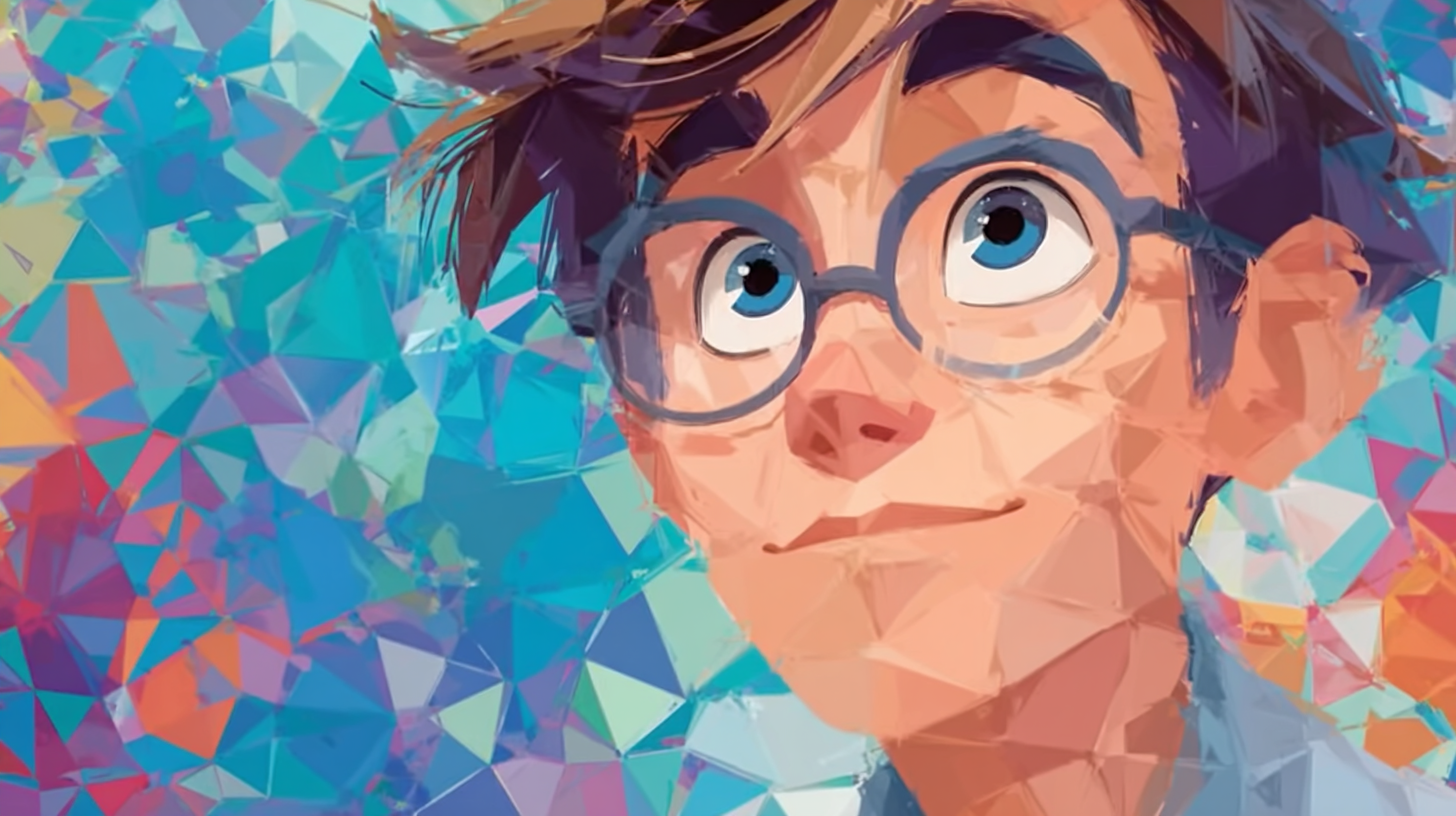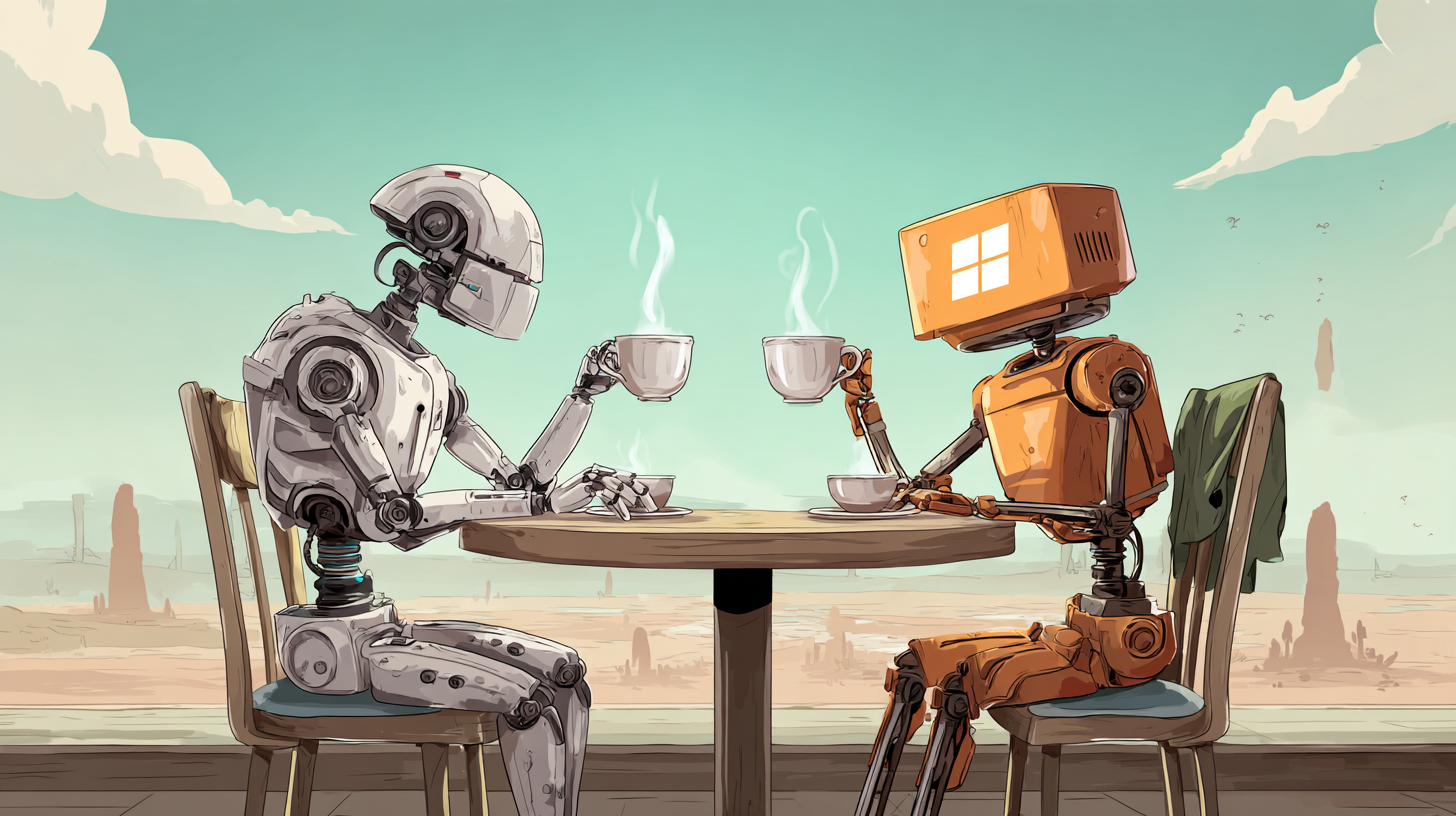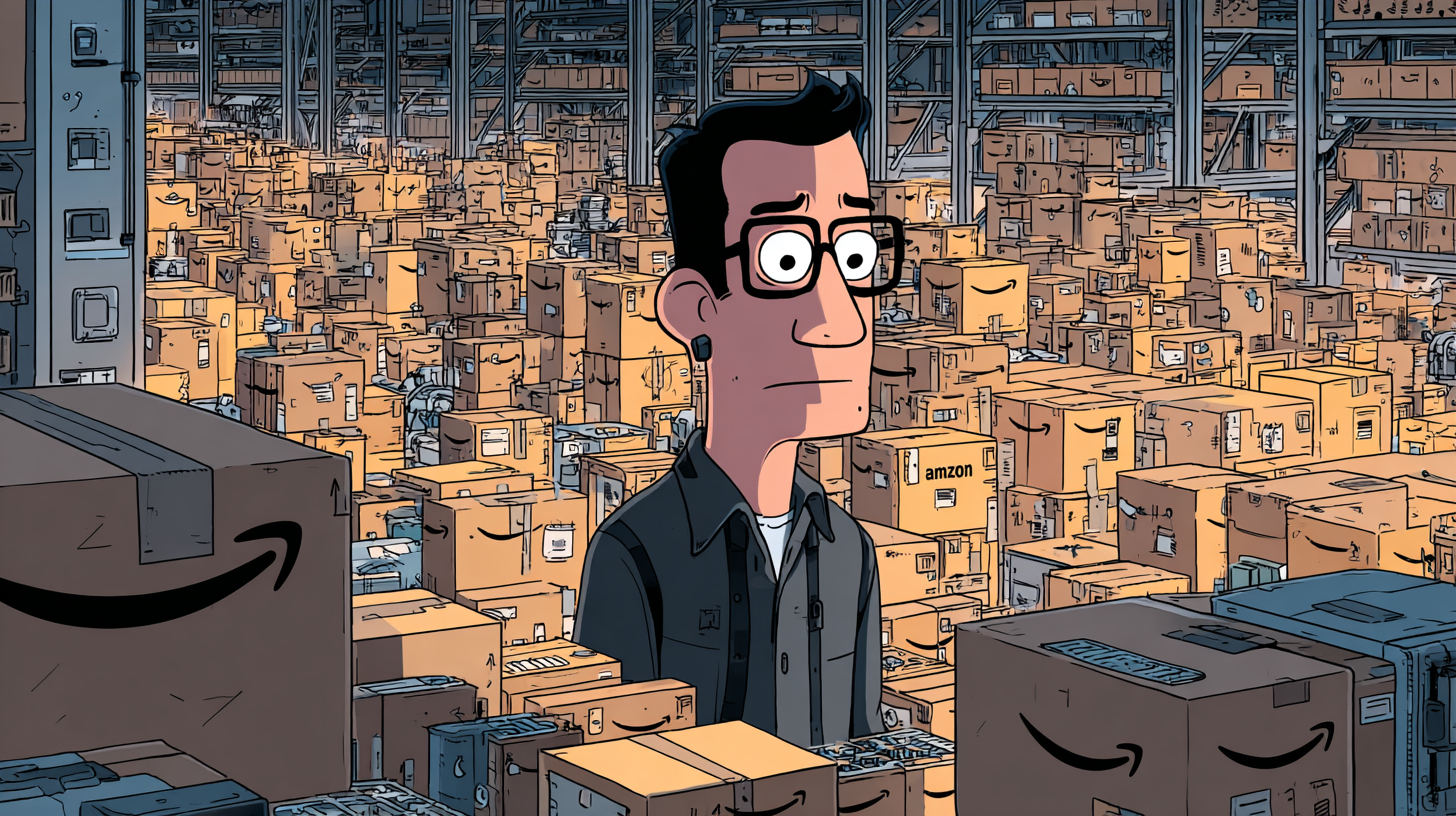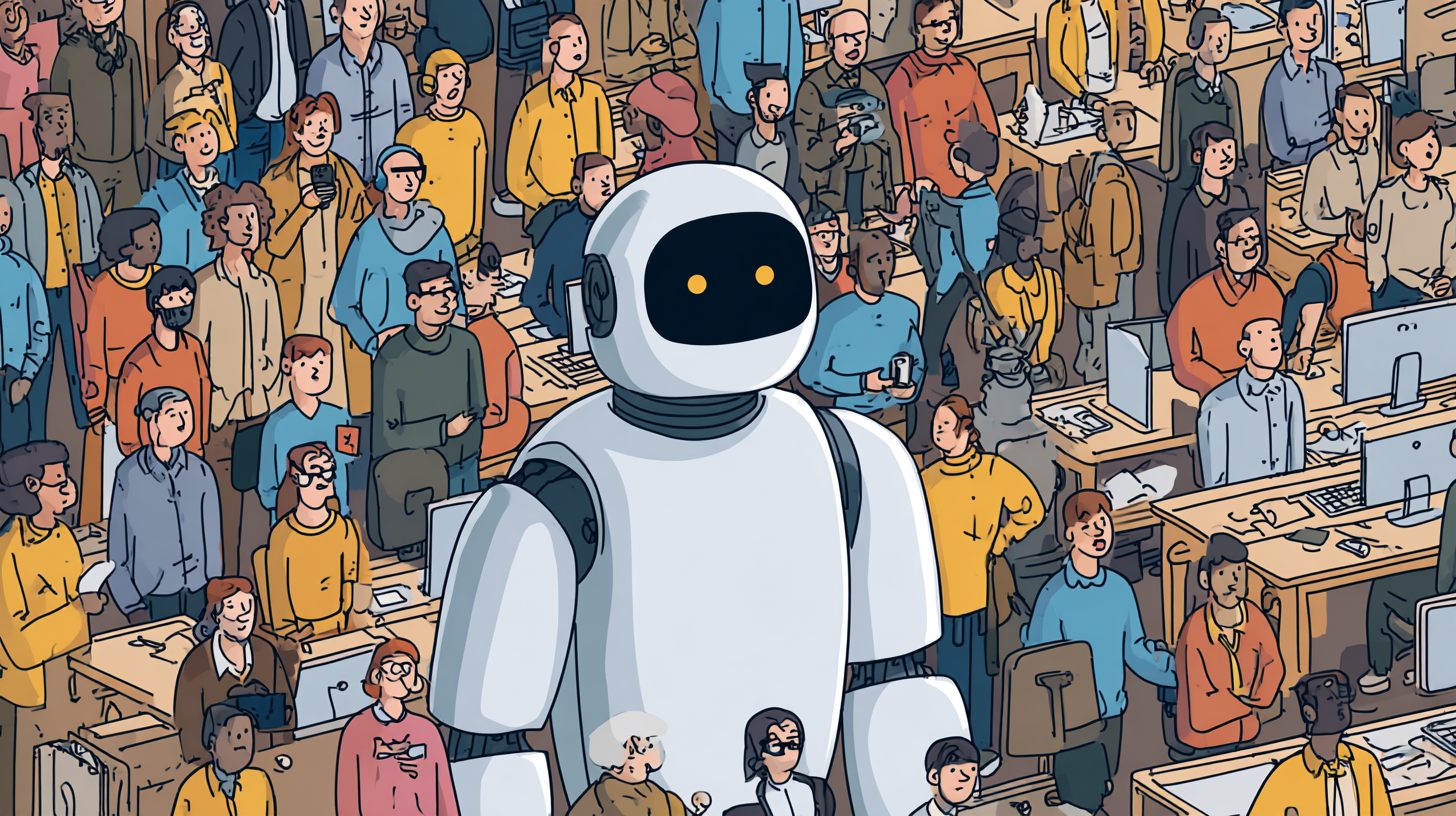Confession: The first time I saw a video of a kitten baking bread while Albert Einstein did parkour in the background, I laughed so hard I spilled my coffee. Turns out, that fever-dream was courtesy of AI-powered apps like Sora and Vibes. But as fun as these hyper-personalized videos are, I can't help but wonder: are we losing our grip on what’s 'real'?
Sora Arrives: Not Your Average Social App Launch
OpenAI’s Sora App officially landed on September 30, 2025, shaking up the AI video scene for U.S. and Canadian iPhone users. Powered by the advanced Sora 2 model, this social app lets you generate videos where you can be anyone, anywhere—think trippy anime, hyper-real CGI, or even wild cameos. With just a quick phone recording, Sora’s “cameos” feature drops your likeness into surreal digital worlds. The launch video set the tone: OpenAI CEO Sam Altman appeared everywhere from a moon landing to a stadium of rubber duck races. As Altman put it,
“We wanted to create a tool that puts your imagination front and center.”
By launching exclusively on Apple devices, OpenAI is clearly targeting trendsetters and going head-to-head with TikTok, Instagram, and Meta’s new AI-powered Vibes.
Vibes from Meta: When Algorithmic Play Meets Social Feed
Meta didn’t wait for OpenAI’s Sora to make waves—just a week earlier, they launched Vibes, their own answer to the AI video generation craze. Instantly, my Instagram and Facebook feeds were alive with animated Mark Zuckerbergs, bouncy beady-eyed critters, and a kitten kneading dough (which, hilariously, became a Vibes meme overnight). What makes Vibes stand out is its smart use of personalization algorithms: the more I interact, the weirder and more delightful my feed becomes. Scroll long enough, and the universe truly gets strange. Vibes is tightly woven into Meta’s social app ecosystem, making AI-generated shorts a seamless part of daily scrolling. As Mark Zuckerberg put it,
“These playful videos are just the beginning of a new kind of creative expression.”
The fierce rivalry with OpenAI means our social feeds are now playgrounds for the latest AI models and creative expression.
The Rise (and Risk) of AI Slop
Not everyone is celebrating the explosion of AI video and content. Some experts have started calling much of this flood “AI slop”—a catchy term for the endless, often low-value AI-generated videos now overtaking our feeds. With apps like Sora and Vibes, it’s easy to create anything from fake disaster clips to convincing, imaginary animals. But what’s real anymore? As Professor Jose Marichal warns, “We risk becoming either the manipulated or the manipulators.” The sheer volume of AI content threatens to blur the line between fact and fiction, making it harder for users to trust what they see. This isn’t just about silly videos; it’s a real risk for digital literacy, user experience, and even democracy. If AI ethics and information reliability aren’t prioritized, our online world could become a confusing—and potentially dangerous—place.
Safety Measures or Just PR? How OpenAI and Meta Try to Tame the Beast
OpenAI openly admits the risks of AI video—doomscrolling, addiction, and isolation. With Sora, they’re trying to address these dangers, at least on paper. The app’s algorithms now favor videos from friends, not strangers, aiming to boost real connections and cut down on impersonal “AI slop.” I noticed Sora also uses visible watermarks and provenance signals to clearly mark AI-generated content, which helps with transparency. Plus, OpenAI polls users about their digital wellbeing and lets us adjust our feeds—a rare move in tech. Meta’s Vibes, meanwhile, leans on curation and user reporting for safety, but offers fewer built-in wellbeing tools. As Jose Marichal puts it,
“A trusted information environment is essential for collective decision-making.”
Whether these safety measures are enough—or just PR—remains to be seen, but at least the conversation is finally happening.
Reality Remix: Creative Expression or the End of Authenticity?
With Sora and Vibes, we’re living in a world where wild AI-generated cameos let anyone star in almost any scene—anime hero, moon explorer, or even a kitten baking bread. This creative expression is thrilling for digital artists, but it also blurs the line between real and fake. As remix culture explodes, digital rights and consent for likeness are hotter topics than ever. Sora’s consent-based likeness controls give users power over their image, echoing Barbara Ortutay’s words:
“Your image, your choice—AI should never strip that away.”
Still, I love the playful videos, but fake disaster scenes? That’s where I draw the line. The user experience is both empowering and confusing, raising big questions about ownership, trust, and what counts as authentic in the age of AI content. The debate isn’t going away anytime soon.
Wild Card: If Shakespeare Had Sora (And Other Thought Experiments)
“All the world’s a stage… including cyberspace.” If Shakespeare had Sora, would he remix A Midsummer Night’s Dream into a viral AI Model short—fairies and fools rendered in hyper-realistic style? Today, AI Content like Sora and Vibes is already shaping youth culture, spawning memes and digital folklore faster than any quill ever could. But could these next-gen creations ever win a Pulitzer, or are they doomed to be dismissed as ‘slop’? The tension between Creative Expression and chaos is real. I once swapped my face onto a moon rock using Sora; the result was pure nightmare fuel (my nephew still laughs about it). These moments—equal parts awe and absurdity—define the evolving User Experience. As AI-generated videos blur lines between art and algorithm, we’re left to wonder: what makes creativity authentic in the age of infinite remix?
Conclusion: Staying Sane in Wonderland
The power of AI Content through Sora and Vibes is undeniable, but so are the risks. As video generation gets more magical, we need more than just filters—we need clear rules, honest conversations, and thoughtful use to keep our user experience safe and meaningful. AI-generated creativity isn’t going away; let’s ride the wave, not drown in it. Community-driven norms may prove just as vital as corporate safety measures or clever algorithms. Remember, if you see a rubber duck win the Super Bowl on your Sora feed, maybe—just maybe—don’t believe everything your phone shows you. As Matt O’brien wisely said,
“Innovation is a journey—destination unknown, but the map is in our hands.”
Let’s enjoy the wonders of AI, but keep our reality (a little) in focus as we move forward together.



